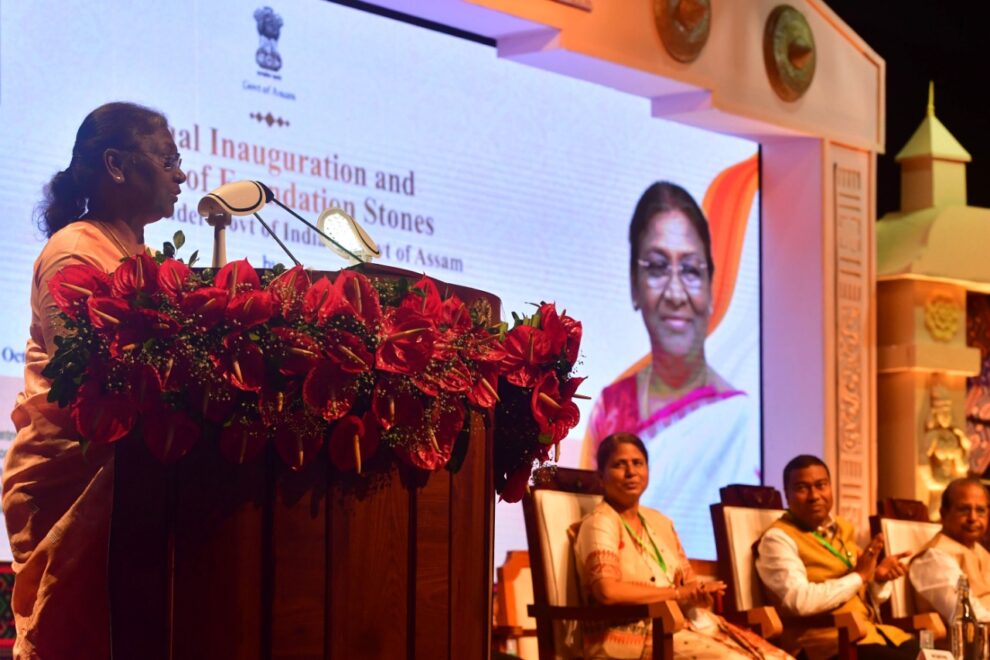There was a suggestion in these pages earlier this week that diplomacy should be nimble, accompanied by a jibe that “smart oneliners will serve little purpose” (‘The diplomat’s challenge,’ IE, November 28). Diplomacy is all about communication. Nimbleness and swift actions are integral to it. Instead, numbness and pussyfooting dominated India’s foreign policy for decades after Independence. We always punched much below our weight. There were some sporadic exceptions in the neighbourhood like Prime Minister Indira Gandhi’s actions during the 1971 Bangladesh War or our intervention in Maldives in 1988 to prevent a coup.
These exceptions apart, India was seen as a pushover by all and sundry in the world in all these decades. The one time we resolutely stood up to international pressures was in 1998 when Prime Minister Atal Bihari Vajpayee moved forward to conduct nuclear tests at Pokhran in Rajasthan.
Things changed in the last decade. India’s articulation on the world stage, including the “oneliners” by its foreign policy leadership, and its firm actions in the face of major international challenges not only brought laurels to it but forced the world to sit up and take note. “Smart oneliners” by our leaders, far from being abstruse, turned out to be important policy mantras.
Take, for example, Prime Minister Narendra Modi’s advice to Russian President Vladimir Putin about the Ukraine war that “today’s era is not of war”. It resonated well with world leaders and found its way into the G-20 declaration in 2022 at Bali in Indonesia. “The peaceful resolution of conflicts, efforts to address crises, as well as diplomacy and dialogue, are vital. Today’s era must not be of war”, the declaration stated, echoing Modi’s message.
Similarly, Foreign Minister S Jaishankar’s forthright oneliners have become important principles of bilateral and international diplomacy. Gone were the days when our leaders delivered marathon speeches at the UN and other fora. “I can say in six minutes what V K Krishna Menon took hours to do at the UN. We should stop giving gyaan to the world and worry about our national interests,” Jaishankar told Parliament in August last year.
The foreign minister’s characterisation that India-China relations must be based on “mutual sensitivity, mutual respect and mutual interest” became the basis for the new bilateralism between the two countries. Similarly, his blunt message to the European leadership that they should “grow out of the mindset that Europe’s problems are the world’s problems, but the world’s problems are not Europe’s problems”, drew cheers from many in Europe and elsewhere. When he warded off the criticism about India’s oil imports from Russia despite sanctions from the West by insisting that “our total purchases for one month would be less than what Europe does in one afternoon”, even the US White House came forward to defend Jaishankar, saying that India’s total purchases were less than one or two per cent as against 10 per cent from the US.
India’s foreign policy is marked today globally for qualities like strategic autonomy, resolute response, and risk-taking appetite. From Beijing to Ottawa, leaders have understood India’s new avatar. The last time India confronted China directly was during the Sumdorong Chu standoff in Arunachal Pradesh in 1986-87. General Sundarji had mobilised the forces in an eyeball-to-eyeball confrontation with the Chinese despite reservations from the political leadership
After three decades, Beijing once again witnessed New Delhi’s resolve at the 2017 Doklam trijunction of India, Bhutan and China when it mobilised battalions for a standoff with the Chinese forces. It was followed up on a much bigger scale in Eastern Ladakh in 2020, a standoff that continues.
In a “nimble” manner, India conveyed to its Chinese counterparts that there is a policy shift in dealing with such situations. “Proactive diplomacy together with strong ground posturing” is India’s new mantra that its northern neighbour understood at a cost.
Our response to Canadian Prime Minister Justin Trudeau’s accusations about India’s involvement in the killing of a Canadian Sikh, a leading light of the Khalistani separatist clique in that country, also showed our determination. The Canadian government was made to understand that sheltering forces of terror under the guise of freedom of expression and blaming India without evidence will have its repercussions.
Contract killing is never the way that any government in India would ever pursue. After the US Justice Department came out with allegations about a plot to assassinate another Khalistani terrorist on its soil, the Indian government promptly instituted an inquiry committee. However, the US and other friendly countries must understand that as the world’s largest democracy and a natural ally of the democratic West, India expects that they do not allow their territory to be misused by the merchants of terror who openly threaten the dismemberment of India.
The US went to war with countries on the mere suspicion that the regimes there were harbouring anti-US forces. Similar sentiment should also motivate the US to act against forces inimical to India’s integrity. Instead, those forces roam around freely issuing open threats to India and its diplomats in these countries. Some media houses glorify such elements and seek to embarrass India. In another “oneliner” India conveyed clearly to the “biased” Western media that its policies cannot be dictated by a media house in New York.
India’s leadership today stands shoulder-to-shoulder with leading global powers. From Washington to Riyadh to Beijing to Tokyo, leaders stop to ponder “what India thinks” before embarking on any major foreign policy initiative. PM Modi is a household name in many countries. Foreign Minister Jaishankar is highly respected in the foreign policy establishment of the world including think tanks, media and governments. That is new India’s diplomacy — nimble and forthright.
Source : India Express









